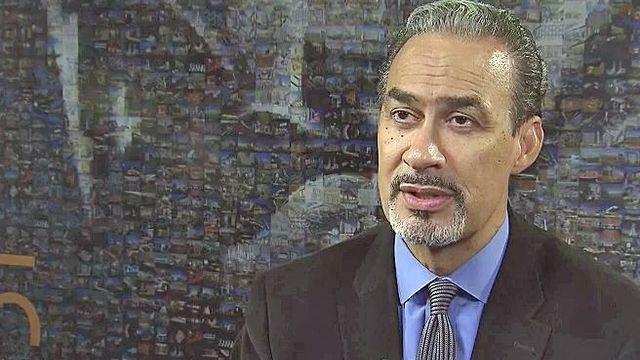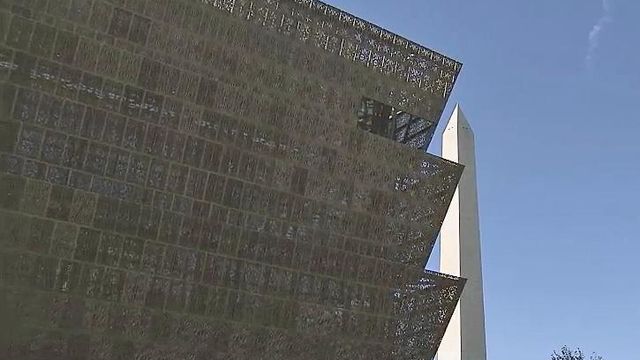Durham architect helped shape new African-American museum
The only national museum dedicated to documenting African-American life, history and culture opens September 24 in Washington D.C.
Posted — UpdatedThe National Museum of African-American History and Culture will feature stories about individuals who have made an impact, along with exhibitions and artifacts.
Phil Freelon, an architect from Durham, led the design group. He also helped design the Durham Bulls Athletic Park.
"We wanted something that was distinctive, but not in a way that was alarming, let's say, or did not fit in," he said.
About 36,000 artifacts will chronicle the African American experience, including stools from Woolworth's Department Store, commemorating the sit-ins in Greensboro in 1960.
The thousands of artifacts are courtesy of public and private donations from across the world.
Michael Jordan donated $5 million, and global pharmaceutical company Glaxosmithkline, with a major presence in Research Triangle Park, donated $2 million.
"We are really proud to be a founding donor, based on our education, inclusion and diversity," said Frances DeFranco with Glaxosmithkline. "From the start of GSK, one of our founding donors was an active leader in the abolitionist movement."
Freelon said he has prepared for this project his entire career.
"I can go through that museum and resonate with the stories, the triumphs and the struggles because my parents, my grandparents and ancestors lived it," Freelon said. "I lived through the 60's and came up through the civil rights movement and it feels like I'm a part of this history now."
The building stands out from the other monuments and museum along the National Mall, although it still fits in with many of the traditions.
"The building is a square. That's simple geometry. We share that aspect with the Washington Monument, our most important neighbor," Freelon said.
Freelon said the goal of the design was to stop people in the tracks. Welcome them to walk inside, no matter their color, religion or nationality.
"It's not all about slavery," he said. "We want to make sure folks understand that. It's not just about victim and perpetrators. There is so much more to our story than that."
Freelon said the journey is something that is important for all human beings.
Duke professor: Museum is ‘must see’ for all Americans
The Smithsonian’s 400,000 square foot National Museum of African-American History and Culture is about a journey that goes back hundreds of years and tells the story of a people trying to find their place in a strange new world.
“You can’t understand America unless you understand the African-American struggle here,” said Duke professor Tim Tyson.
Tyson said he teaches about the south, in black and white, and believes the museum is a must see for all Americans.
“Most of the world, most of the time, has not been a prosperous democracy. Most people’s experience is of exploitation and violence and repression and the struggle to be free, so the African-American saga speaks to the whole world,” he said.
The museum is spread out over several floors, beginning with the advent of slavery in the 1400s up through the civil rights movement while including the triumphs and success stories that shaped the nation along the way.
“It’s long overdue. In some ways, it’s the first American history museum,” Tyson said.
One man who knows the struggles and the triumphs is civil rights leader Jesse Jackson. He says the museum is an education and a celebration but while African-Americans are free, they still aren’t equal.
“Since 2013, there have been 395 legislative actions by Republicans to restrict voting access, so the struggle for the hollow democracy continues,” Jackson said. “So one should leave this museum more enlightened and inspired to make one nation. Right now, we have many nations under one flag.”
• Credits
Copyright 2024 by Capitol Broadcasting Company. All rights reserved. This material may not be published, broadcast, rewritten or redistributed.






